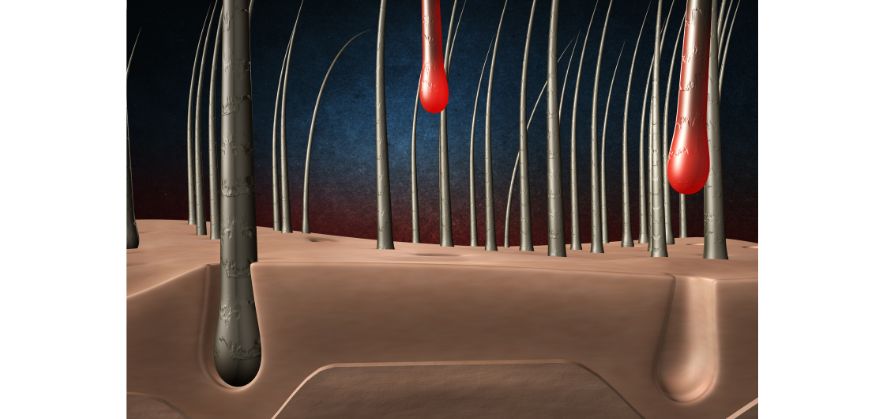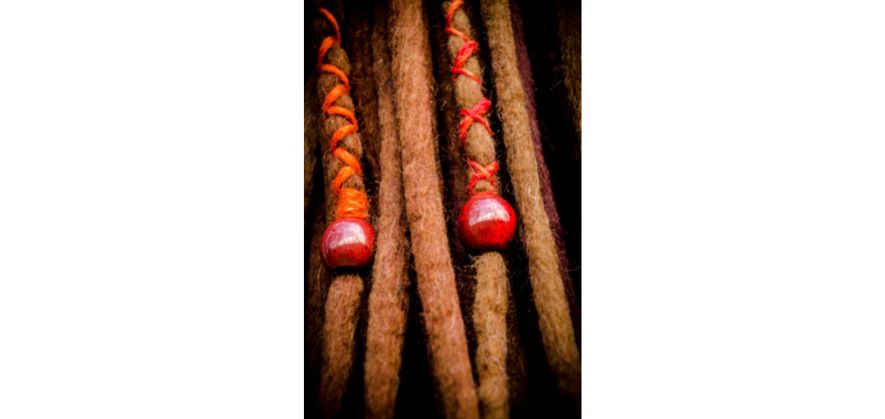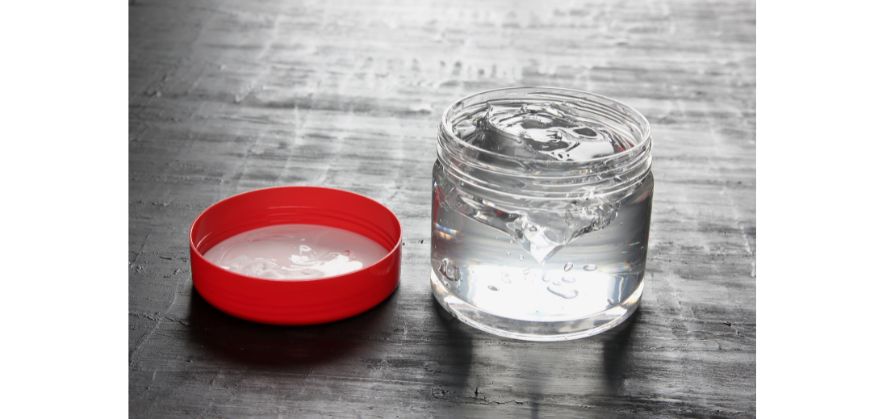If you’re new to the game of growing dreadlocks, then you’re bound to have a bunch of questions about your hair and its growth.
Naturally, you’ll have be taking a keen eye to see if you can spot any emerging trends or cycles in your journey towards growing a full head of dreadlocks, and it can be particularly worrying if you happen to spot anything that’s out of the ordinary.
Having grown dreadlocks myself for over seven years now, I’ve encountered pretty much all of the phases of hair growth that can cause mental discomfort.
From things such as having two dreadlocks entangling together at the roots, to the topic of today’s article concerning dreadlocks coming loose in the initial growth stage.
So, my general advice to you would be, take it easy!
Relax and enjoy the process, as difficult as that may sound.
In this article, I’m going to talk a little bit about why your dreadlocks are coming loose as well as offer some guidance on how you can go about handling this situation.
Let’s get started!
Common reasons why your dreadlocks are loosening up
Before your dreadlocks arrive at full maturity, they will undergo a “calibration period” that sees them contract and expand as part of the overall growth process.
During this time, the locks will adjust themselves to the way you wear your hair, how it sits on your head, and how it needs to be flexible.
Loose hair is therefore needed to give some leeway for your scalp, as without it those aforementioned forces could cause you physical discomfort in the form of a sore or itchy head.
Apart from that, there are a couple of other reasons – some of which are man-made – as to why your dreadlocks keep on coming loose.
Let’s now talk about each one in turn.
1. Hair is constantly falling out

Believe it or not, its actually very natural for your dreadlocks to loosen up as they grow, and this is because of the fact that as humans our hair is constantly falling out during this maturing process.
According to the American Academy of Dermatologists, it’s very normal to shed between 50 and 100 strands of hair every day.
Now, when you look at the bigger picture here, things make more sense.
You see, every person’s scalp has more than 100,000 individual hair follicles.
So, if you think about the loss of 100 strands every day in comparison to this gigantic figure of 100,000 follicles, then you quickly realize that the hair falling off of your head isn’t making a big difference to your overall dreadlock journey.
Add this to the fact that you also grow new strands of hair each day, and you have a counter balance that leads to a situation where loose hair exists.
What happens is that the new strands of hair that grow on your scalp take some time to acquire the needed length to stay put within your dreadlocks, which means you need to periodically pull in loose hairs to account for that.
2. Tight knots take time to mature

Secondly, you have to take a step back and remember where you are in the dreadlock process.
So-called “baby dreads” are right in their infancy when it comes to how structured they are, so its very normal to have them come loose in these early stages.
You see, dreadlocks at this point in time are simply a loose collection of tangles.
It doesn’t matter how tightly you choose to backcomb them or how aggressively you crochet them, they will still loosen up over the start of their journey towards full maturity.
During this time period, the individual hairs move around quite a lot; rubbing against other hairs while they’re at it; moving around again until they eventually settle into tight knots that remain in place.
All you have to do is give your hair time to mature, and the problem of dreads coming loose will be a thing of the past.
3. Using waxes and locking gels

Another factor that contributes towards your dreadlocks coming loose is the products that you put in your hair.
Many people will vouch for wax and locking gels because – at the end of the day – someone is making money from a product being sold.
But what buyers often fail to realize is that these products can do more harm than good.
Ironically, waxes and locking gels behave as a lubricant that actually prevents the locking process from taking place.
Astounding, right?
These products just build up in your hair over time because they try to act like a glue – and do a bad job at that – instead of serving to facilitate the natural curling that should be taking place within each strand.
Using these products is like purposely sticking chewing gum in your hair.
And what’s even worse is that these waxes and gels eventually cause mildew growth that can leave you with permanent hair damage that may result in you having to halt or restart your dreadlock journey.
So, either go natural if you’re palm rolling by using things like olive oil or consider tying in the loose ends more neatly with a crochet hook.
When do dreadlocks stop coming loose?
You probably want to know when your dreadlocks will start to look like dreadlocks, right?
Well, unfortunately there isn’t a specific answer to this question.
It will vary from person to person, because the way our bodies work is different.
From my own personal journey, I would say that my dreadlocks took about a year before they really solidified and held their structure.
But you should also know that having loose hair shouldn’t be a cause for great concern.
In fact, loose hair is healthy and essential to the growth of your dreadlocks.
How do you keep dreads tight?
As someone who’s been growing his dreadlocks for the past seven years, I know how it feels to have loose strands.
You can get quite frustrated because your hair ends up looking nothing like the “finished article” so to speak.
Fortunately for you, there are a few ways of combating the loosening up of your dreadlocks.
Perhaps the best method – which is my personal preference too – is to have the loose parts crocheted back in.
Here’s a short video tutorial that explains how you can tighten up your dreads when the need arises:
Alternatively, you can have the loose dreadlocks palm rolled back into shape, but this is a matter of personal choice at the end of the day.
Just remember not to tighten your dreadlocks too much, because over-tightening can create deformities in your locks as they mature.
Even more so, tightening hair too close to the scalp can:
- Cause you discomfort;
- Stunt the overall maturing process of the dreadlock; and
- Contribute to balding by way of traction alopecia
Closing thoughts
Now you should be fully equipped with knowledge on why your dreadlocks keep coming loose.
The most important thing that you should have at the forefront of your mind is that growing dreadlocks is a journey, filled with hard work and some challenges to overcome.
It’s not the end of the world if your dreads become loose, you just have to figure out how you can tighten them without affecting the natural growth process of your hair.
For more reading, I highly suggest you check out our other blog post on the best dread method for locking your hair.
That article lays the foundations by detailing all the different methods for starting and growing dreadlocks as well as offering an optimal choice for its readers.
- Can You Trim Dreads? - July 11, 2023
- Can You Have Dreads in the Military? - April 17, 2023
- Can You Wash Dreadlocks Every Day? - April 15, 2023
